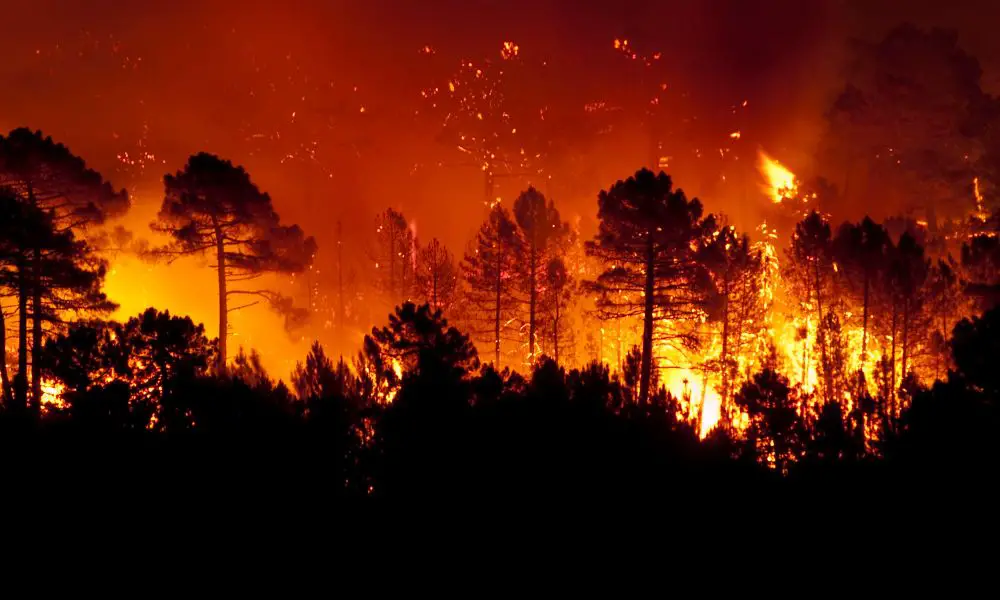

Forest fires can be some of the most devastating occurrences for homes, commercial areas, and farmland alike. Sudden and fast spreading, there’s little time to react once one of these blazes ignite, and some seasons are more prone to them than others. Fortunately, familiarizing yourself with some of the core causes of forest fires is a great first step in learning how to prevent them in the future. Here are a few contributing factors that you need to know.
The first thing that sets the stage for wildfires to occur is the overall weather in your area. Hot, dry, and windy conditions pose the highest potential risk, since once fire catches, it will be easier for it to spread to neighboring homes and properties. High wind speeds are especially dangerous during this season, as gusts can spread lit ashes several feet in any direction and ignite any flammable surfaces nearby. While there’s little anyone can do to correct the weather, watching the forecast and being extra diligent around sparks on these days can go a long way.
In addition to the weather, overgrown properties are also a noteworthy risk factor for forest fires. These areas have large quantities of highly flammable and dry material. So, should an unplanned spark happen near the land, it can quickly cause these sections of tall grass and other debris to go up in flames. Additionally, for private properties, it’s up to the owner to keep the overgrowth subdued. Because of this, if you’re one of these individuals, it’s crucial that you have a skid steer brush cutter on hand and that you regularly cut and remove this overgrowth.
As far as starting sparks go, unattended campsite fires are another key cause of forest fires. If the area around your campsite is dry enough, walking away for a few seconds can lead to disaster. Whether an ember flies off into a bush or the crackling blaze jumps from its pit, anything can happen when you walk away—especially during forest fire season. Even if you think you’ve put your fire out, make sure that you completely douse it in water, and make sure that it stops smoking before you head into your tent.
Older, unmaintained vehicles and equipment can also cause unexpected forest fires. These machines have several components that create a spark when turned on. So, should you fail to look after them properly, that spark can get a bit larger and catch fire to the surrounding area. For this reason, it’s vital that you’re keeping up with routine maintenance and properly disposing of any flammable parts like oils and fuels.
Finding ways to prevent forest fires in your neck of the woods is crucial to preserving land and keeping everyone safe. Be on the lookout for these common causes and do your best to mitigate them in your area.
When it comes to keeping your home comfortable while minimizing energy costs, the roofing material…
Ensuring optimal comfort in your home hinges largely on the reliability of your air conditioning…
In the evolving landscape of childcare, families are increasingly faced with the challenge of securing…
In Ontario, Silverback Steam Boilers & Heating Rentals distinguishes itself as a premier provider of…
When planning luxury networking events, selecting the right venue is pivotal. An ideal location not…
In considering ways to engage deeply with the splendor of the great outdoors, few activities…